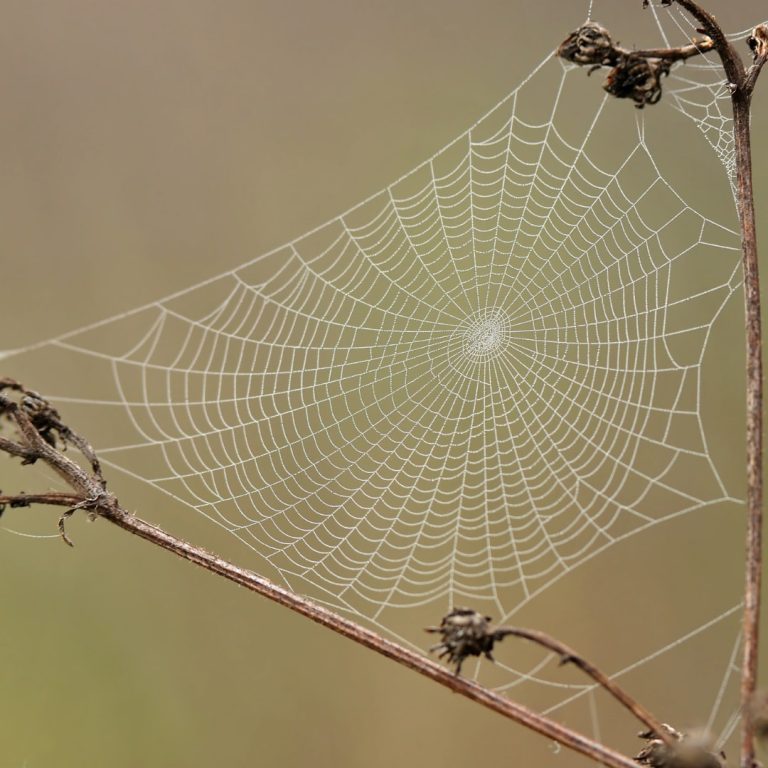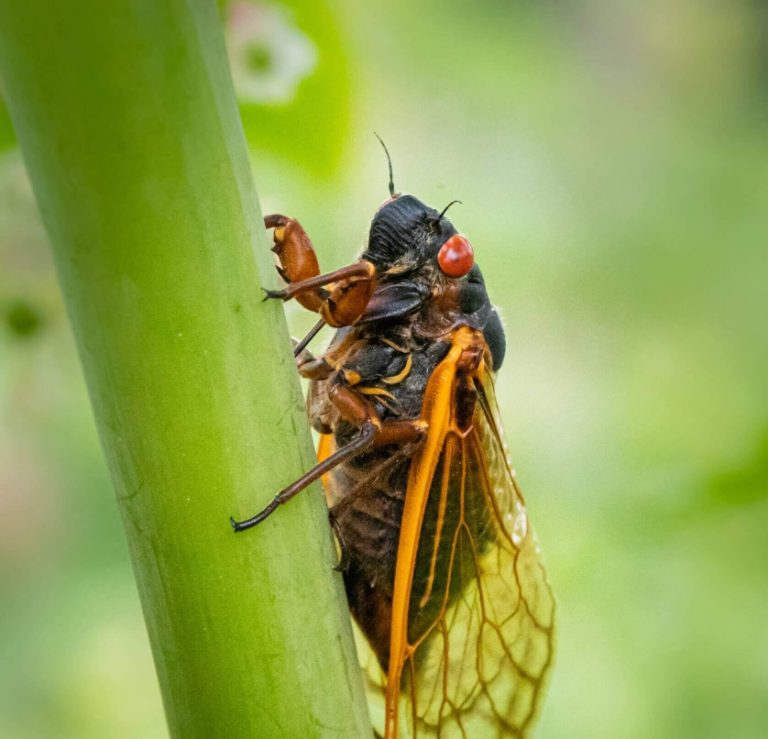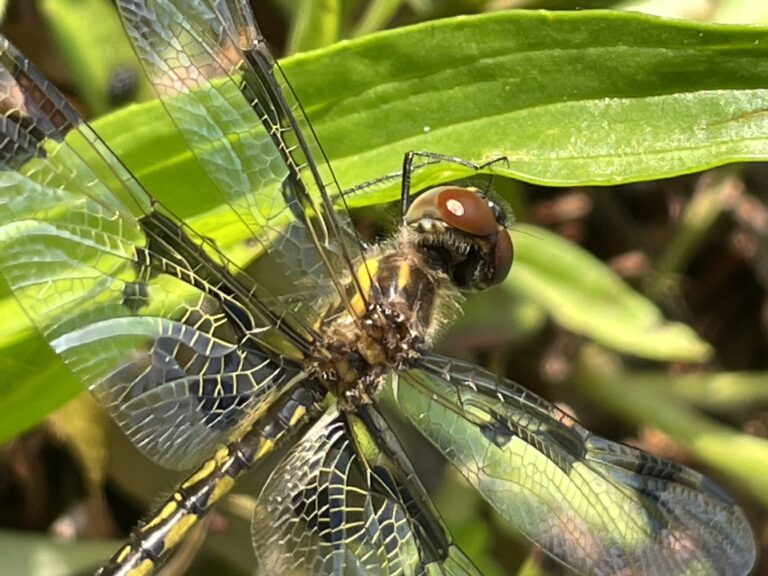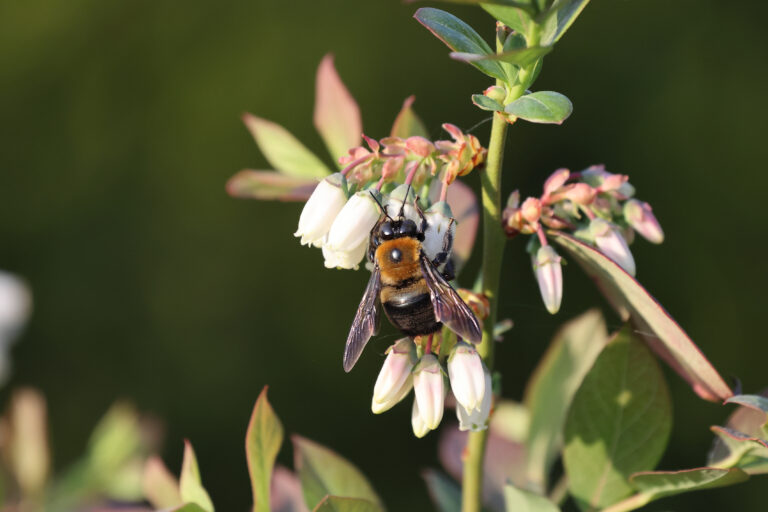Carnivorous Centipedes and Healthy Ecosystems
Overview
20 minutes
Subjects
You will need:
Printed Paper maps
Digital map files
Online half-earth map
Carnivorous Centipedes and Healthy Ecosystems
Learning Objectives
- Interpret scientific research to understand the role of a predator in its ecosystem
- Document observations, use data to identify trends and differences, and discuss conservation approaches
Key Terms + Conditions
- Ecosystem Balance
- Species Interaction
- Marine Predators
- Predator Behavior
- Keystone Species
- Ecological Niche
- Habitat Loss
- Species Recovery
- Invasive Species
Lesson Resources
- Data Play: Bird-eating Centipedes
Top tips for Instructors
Prior to the Data Play activity, use this article from The Conversation about predatory arthropods to help students understand the role of the centipede in the Phillip Island ecosystem.
Predators make other populations healthier. Share this article from the National Parks Service to explore scientific research on gray wolf recovery in the Greater Yellowstone Ecosystem (GYE), including its benefits to biodiversity.
Continue students’ understanding of ecological niches and predator importance using this exercise from HHMI Biointeractive, which explores research discussed in the film Some Animals are More Equal than Others. The short film follows ecologists as they study the ecosystem impacts of removing starfish from tidal pools.







